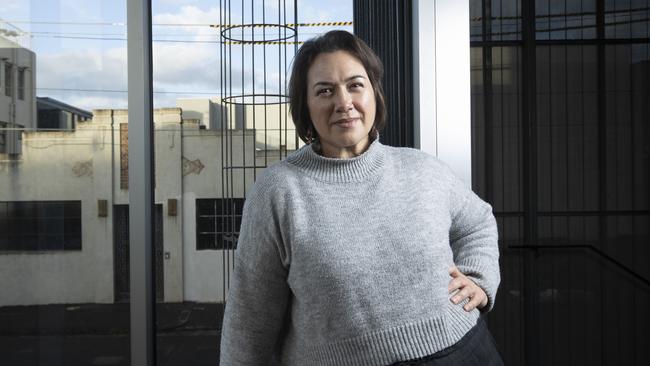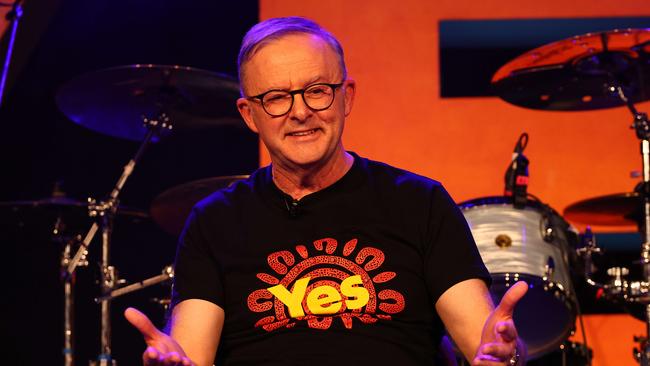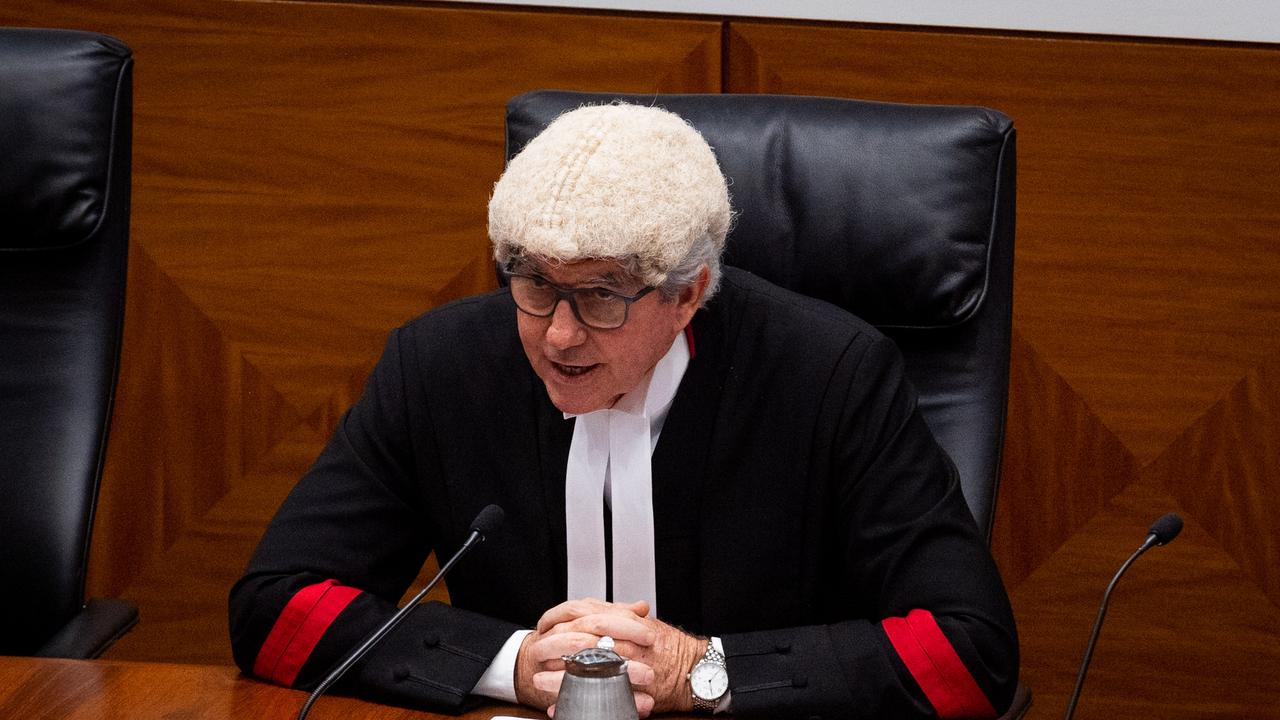Indigenous voice referendum a ‘brake on Closing the Gap’
The leading organisation combating Aboriginal disadvantage has delivered a candid assessment of the state of Aboriginal affairs under Labor.

Efforts to close the gap between Indigenous Australians and the rest of the country stalled during the failed voice referendum and this week’s federal budget does not address the crisis as all governments promised to do, the leading organisation combating Aboriginal disadvantage has warned Labor.
In a candid assessment of the state of Aboriginal affairs in the post-Uluru world, the Coalition of Peaks has said many Australians believed closing the gap “needed eyes on it” while Anthony Albanese and Indigenous leaders were more focused on an ultimately doomed campaign for a voice to parliament.
“A lot of Australians, and a lot of Aboriginal Torres Strait Islander people, felt that movement on the national agreement (on Closing the Gap) – while it had already been agreed, it was already in place – stalled and wasn’t moving in the way it should have while all eyes were on the referendum,” Coalition of Peaks acting convener Catherine Liddle said.
“Which would have been awesome if it got up but there was always a risk it wouldn’t. And what we always had that could keep things moving … is Closing the Gap. That really needed some, some eyes on it.”

The Coalition of Peaks is the alliance of 80 Indigenous organisations – medical services and representative bodies from across Australia – that helped rewrite Closing the Gap after 10 years of failure under the old agreement struck by Kevin Rudd. They co-signed the new deal with Scott Morrison in 2020 and are responsible for delivering on the 17 new targets, alongside the federal government, states and territories.
However, all governments were blasted in a Productivity Commission report in February for not doing what they signed on to do – that is, draw on what Aboriginal people know about the problems in their communities and solutions that work when they made decisions. Instead, it has been business as usual inside bureaucracies.
Now the Coalition of Peaks sees Jim Chalmers’ budget as ignoring the Productivity Commission’s warning last year that governments must fundamentally change their approach if there is any chance of success for the national agreement on Closing the Gap.
Tuesday’s budget pumped $4bn into remote housing in the NT and $774m into a remote jobs pilot but left Aboriginal communities exposed in other areas such as early childhood support. Closing the Gap data shows that in 2021 65.7 per cent of Aboriginal and Torres Strait Islander children were developmentally behind in the year they start school, an increase from 64.8 per cent in 2018.
“What we can’t see in the budget is that commitment to the national agreement (on Closing the Gap),” Ms Liddle said.
“And the national agreement says you’ve got to develop your budgets differently so that it isn’t ‘here’s a bit of light for you and here’s a bit of shade for you while we work it out’. It’s about looking at what are the pieces of the puzzle that needed to be moved and filled in, in order for us to get a full picture and a full outcome on any policy action.”
The Coalition of Peaks believes an accompanying investment in early childhood care and education in remote communities makes investment in remote housing even more effective. That is in part because many of the targets in Closing the Gap are linked – the known health and wellbeing benefits of adequate housing are undeniable on their own, but enhanced by education and programs that set up very young children for success.
Ms Liddle’s comments come after Aboriginal leader and voice architect Tom Calma expressed disappointment at the government’s budget day revelation it intended to leave local and regional voices to the states and NT.
Ms Liddle publicly supported a national voice believing it would have strengthened work towards closing the gap. However, she rejects any suggestion the Coalition of Peaks or the reforms set out in the Closing the Gap agreement could be a de facto voice. “They’re not the voice, they were never intended to be the voice. But they certainly give a road map for how we close the gap,” she said.
The Coalition of Peaks represents Aboriginal service providers controlled by boards of locally elected people. It was established with bipartisan support under the Coalition and its remit is strictly limited to the Closing the Gap agreement and its 17 targets.
“The two things (a voice and Closing the Gap) could have worked together brilliantly but at this moment in time, this is what we’ve got,” Ms Liddle said.
“So a lot of the work that we are doing now is to remind governments: ‘You committed to this national agreement, both sides of government, and all tiers of government … because when we worked with you in collaboration you agreed that these were the things that needed to change.”
Ms Liddle said the government’s remote housing and jobs announcements were “remarkable” but Closing the Gap was not a “pick and choose” project.
It set out reforms that were designed to work as a system, “so if you’re not investing at the same time in those areas of reform, you’re never going to be able to shift the system”.
Ms Liddle said the Coalition of Peaks was trying to convince government to unravel legislation that held back children from the poorest families. For example, it wanted the federal government to get rid of “the activity test” for early childhood programs because it locked out the children of unemployed parents.
She said at one acclaimed centre in Perth, the number of children attending had fallen from 100 to 40 because of the activity test.
The commonwealth government’s remote jobs pilot will create 3000 jobs initially and aligns with the Closing the Gap target of 62 per cent of all working-age Indigenous Australians to be employed by 2031. It is 55.7 per cent and rising but in remote areas it is just 35 per cent, according to Closing the Gap published data.





To join the conversation, please log in. Don't have an account? Register
Join the conversation, you are commenting as Logout